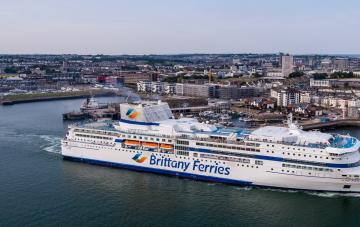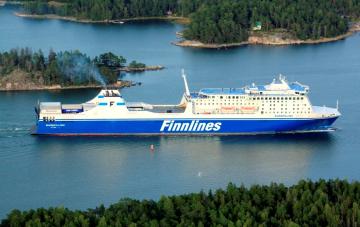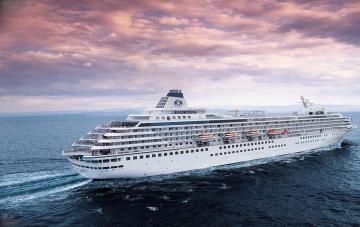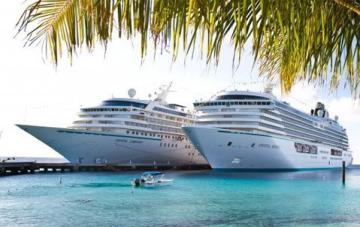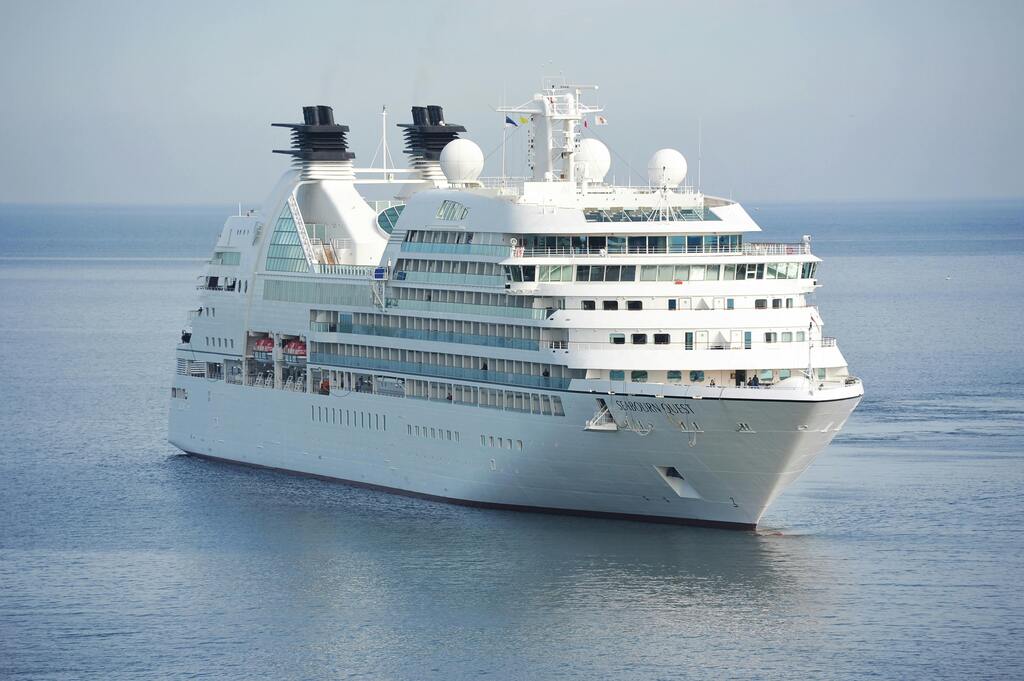
Embarking on a journey across the sparkling seas has always been a dream for many. The allure of exploring new destinations, immersing oneself in different cultures, and enjoying the tranquility of the ocean is a universal desire. However, for individuals with diverse needs and abilities, this dream has often remained elusive.
But now, a new era of travel has dawned, opening up the world of cruising to everyone. Introducing a groundbreaking concept that ensures an unparalleled voyage experience for individuals of all abilities, regardless of physical or cognitive challenges.
Imagine a voyage where inclusivity reigns supreme, where every passenger feels empowered, and where the thrill of discovery knows no bounds. This revolutionary approach to cruising is redefining the travel industry, fostering a sense of belonging, and transforming dreams into reality.
With a commitment to providing an extraordinary journey for all, these exceptional cruises have dedicated their efforts to removing barriers and creating a truly accessible environment. By embracing innovative technologies, implementing universal design principles, and cultivating an empathetic and inclusive atmosphere, they have revolutionized the concept of cruising.
Accessible Cruises: Making Travel Easy for Everyone
Traveling should be an enjoyable experience for everyone, regardless of their abilities or disabilities. Accessible cruises offer a unique opportunity for individuals with diverse needs to explore the world and create lasting memories. These specialized cruises cater to the needs of individuals with mobility limitations, visual or hearing impairments, and other disabilities, ensuring that everyone can embark on a seamless and inclusive travel adventure.
1. Inclusive Accommodations
One of the key aspects of accessible cruises is the provision of inclusive accommodations. Cruise ships offer a range of accessible cabins that are designed to accommodate individuals with mobility challenges. These cabins are equipped with wider doorways, spacious bathrooms with grab bars, and lower sinks and shelves, ensuring ease of movement and comfort for all passengers. Additionally, these cabins may also feature visual and auditory aids for individuals with sensory impairments.
2. Accessible Facilities and Amenities
Accessible cruises go beyond providing inclusive accommodations. These cruises ensure that all onboard facilities and amenities are easily accessible to individuals with disabilities. From accessible restaurants and lounges to accessible swimming pools and entertainment areas, cruise ships are equipped with ramps, elevators, and designated accessible spaces to ensure that everyone can fully enjoy all aspects of the cruise experience.
- Accessible restaurants with wide entrances and designated seating areas for wheelchair users.
- Accessible swimming pools with pool lifts or ramps for individuals with mobility limitations.
- Accessible entertainment areas with designated viewing areas for individuals with visual impairments.
Moreover, accessible cruises also offer a range of services to cater to the specific needs of individuals with disabilities. These may include accessible shore excursions, sign language interpreters, and assistive listening devices, all aimed at enhancing the overall travel experience.
Accessible cruises not only focus on physical accessibility but also prioritize the comfort and well-being of individuals with disabilities. The cruise staff undergoes specialized training to provide personalized assistance and support to passengers with diverse needs, ensuring a safe and enjoyable journey for all.
By offering a wide range of inclusive accommodations, accessible facilities, and personalized services, accessible cruises truly make travel easy and accessible for everyone. These cruises provide an opportunity for individuals with disabilities to explore the world, connect with different cultures, and create unforgettable memories, all without any barriers or limitations.
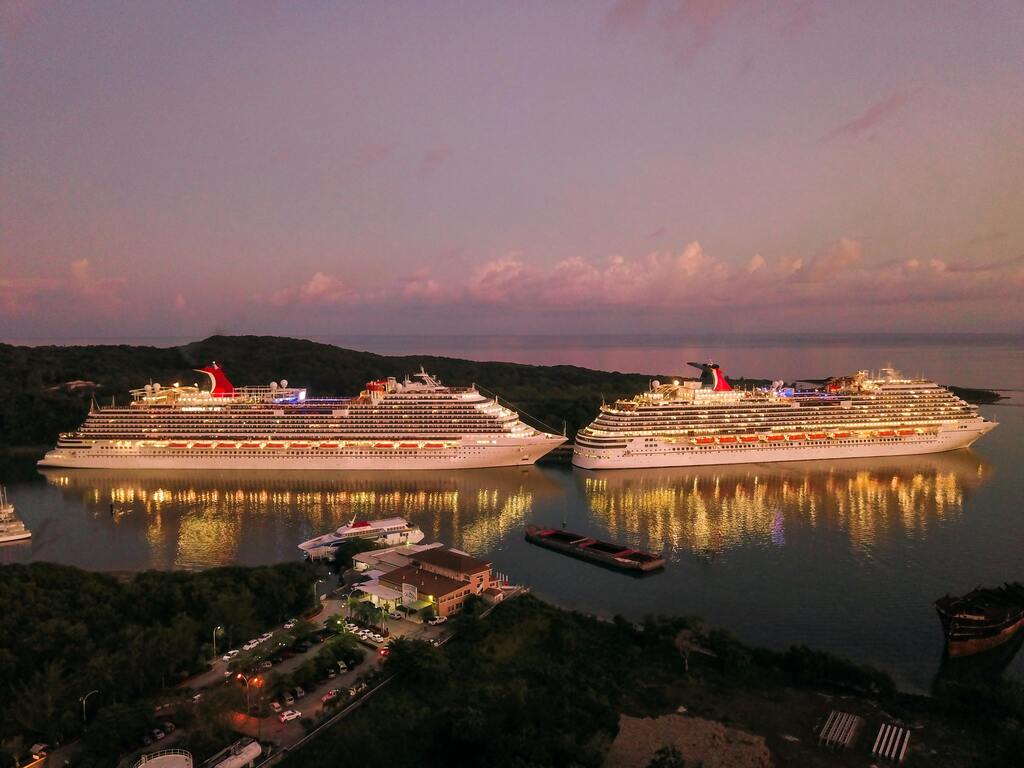
Cruise Ship Features for Passengers with Disabilities
Enhanced amenities and accommodations are available on cruise ships to cater to the needs of individuals with diverse abilities. These specialized features ensure that all passengers can fully enjoy their cruise experience, regardless of their physical or cognitive challenges.
One of the key aspects of cruise ship accessibility is the presence of accessible staterooms. These specially designed cabins are equipped with wider doorways, grab bars in the bathrooms, and lower sinks and vanities, allowing passengers with mobility impairments to move around comfortably. Additionally, some staterooms feature visual and auditory alarms to assist passengers with hearing or visual impairments.
Beliebte Artikel
Public areas on cruise ships also offer a range of features to enhance accessibility. Elevators with Braille signage and auditory indicators make it easier for individuals with visual impairments to navigate between different decks. Wheelchair ramps and lifts are available to facilitate access to various deck levels, ensuring that passengers using mobility aids can explore the ship without limitations.
Furthermore, cruise ships provide dining options that cater to passengers with different dietary requirements and disabilities. Accessible restaurants and dining venues feature tables with adjustable heights, providing convenience for passengers who use wheelchairs or have limited mobility. Menu options are diverse, including offerings for individuals with specific dietary restrictions or allergies, ensuring that everyone can indulge in a delightful culinary experience.
Entertainment and recreational activities on cruise ships are also designed to accommodate individuals with disabilities. Theaters and performance venues have designated seating areas for passengers with mobility impairments and their companions, ensuring clear sightlines and easy access. Additionally, onboard activities such as accessible swimming pools and adapted sports facilities allow passengers with disabilities to participate and enjoy recreational opportunities alongside other travelers.
Accessible Shore Excursions: Exploring Ports of Call
Embarking on a cruise offers travelers the opportunity to explore a variety of ports of call, each with its own unique attractions and experiences to offer. For individuals with disabilities, it is important to ensure that these shore excursions are accessible and inclusive, allowing everyone to fully enjoy and participate in the adventures that await.
When planning accessible shore excursions, cruise lines prioritize the needs and preferences of all passengers, ensuring that individuals with disabilities have equal opportunities to explore and engage with the local culture. These excursions are carefully designed to cater to different accessibility requirements, taking into consideration mobility limitations, visual or hearing impairments, and other specific needs.
One of the key aspects of accessible shore excursions is the availability of accessible transportation. Cruise lines partner with local tour operators to provide adapted vehicles equipped with ramps, lifts, and other necessary accessibility features. This ensures that individuals who use wheelchairs or mobility aids can easily embark and disembark from the vehicle, allowing them to visit popular landmarks, historical sites, and cultural attractions without limitations.
- Excursions may include visits to scenic viewpoints, where individuals can marvel at breathtaking landscapes and capture memorable photographs.
- Guided tours of museums and art galleries provide an opportunity to appreciate local history, culture, and artistic masterpieces.
- Food enthusiasts can savor the flavors of the region through accessible culinary tours that showcase local cuisine and traditions.
- For nature lovers, accessible nature walks and wildlife encounters allow individuals to immerse themselves in the natural beauty of the destination.
- Adrenaline seekers can embark on thrilling accessible adventure activities such as zip-lining, snorkeling, or kayaking.
It is important to note that accessible shore excursions not only focus on physical accessibility but also strive to provide inclusive experiences for individuals with sensory disabilities. Tour guides are trained to provide descriptive narration and tactile experiences for individuals with visual impairments, while accommodations are made for individuals with hearing impairments through the use of assistive listening devices or sign language interpreters.
By offering a range of accessible shore excursions, cruise lines ensure that individuals with disabilities can fully participate in the exploration of ports of call, creating memorable experiences and fostering a sense of inclusivity for all passengers.
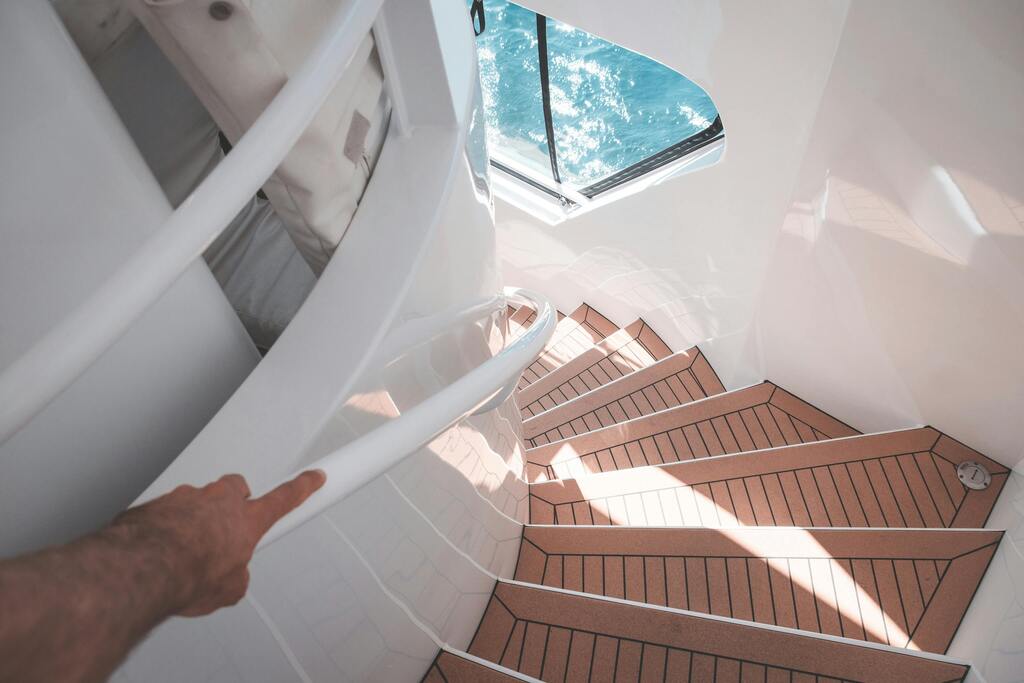
Tips for Planning an Accessible Cruise Vacation
When it comes to arranging a memorable and hassle-free cruise vacation, there are certain factors that should be taken into consideration to ensure a seamless experience for individuals with diverse accessibility needs. Planning an inclusive sailing adventure requires thoughtful considerations and careful attention to detail, guaranteeing that every traveler can fully enjoy their time at sea.
1. Accommodation Selection
Choosing the right accommodation is crucial for a successful accessible cruise vacation. Look for cabins that are designed to cater to different accessibility requirements, such as wheelchair-accessible cabins or those equipped with grab bars and roll-in showers. It's important to communicate your specific needs with the cruise line in advance to ensure that suitable accommodations are available.
2. Accessibility Features
Before booking a cruise, carefully review the ship's accessibility features and amenities. Check if there are ramps and elevators available throughout the ship, accessible dining options, and accessible recreational facilities. Understanding the ship's layout and accessibility provisions will help you plan your activities and ensure a comfortable experience onboard.
Additionally, inquire about the ship's policies regarding mobility equipment rentals or bringing your own equipment such as wheelchairs or mobility scooters. Knowing the availability of these resources will assist in making informed decisions about your cruise vacation.
Overall, planning an accessible cruise vacation involves thorough research, effective communication with the cruise line, and considering the specific needs of individuals with disabilities. By taking these tips into account, you can ensure a remarkable and inclusive sailing experience for all travelers.

